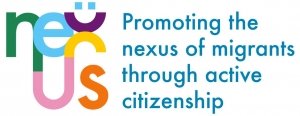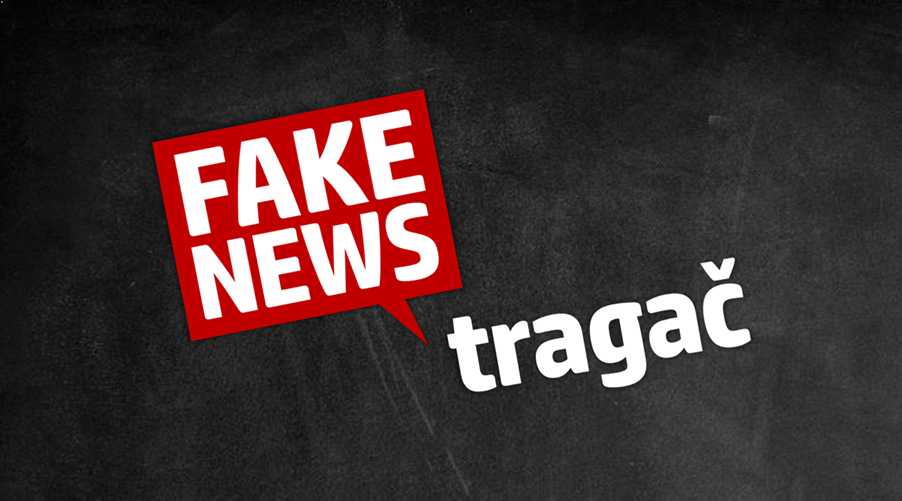FAKE NEWS TRAGAČ / FAKE NEWS TRACKER
FakeNews Tragač helps audiences in Serbia and the Western Balkans region to more easily detect disinformation published in traditional and new media
Tool Self-Assessmet
- Reflect back on the objective of the tool you built: did you exceed it, or fall short? If so, why?
FakeNews Tragač was launched in December 2017 by the Novi Sad School of Journalism (Novosadska novinarska škola – NSSJ). It is a fact-checking website dedicated to the fight against disinformation published in Serbian language, both in traditional and new media. The analyses are conducted on the basis of daily monitoring of media content and reports from readers, who can submit materials whose authenticity they doubt. In the previous four years, hundreds of analyzes have been published, as well as 20 more complex studies. The editorial office has conducted dozens of training courses for students, educators and journalists. However, the visibility of our articles rarely exceeds the visibility of the disinformation we analyze, and in this respect the manipulators are still “a step ahead”.
- What are the tools’ metrics for success and what does metric say – how well did the tool do?
The main metrics for success are the number of analyzes, the number of views (clicks), as well as the feedback from our readers. The fact-checking process is extremely demanding, since checking the data takes time, while – on the other hand – there is very little time available, since it is necessary to react to disinformation as quickly as possible. In that respect, we also measure success by the time we need to conduct the analysis, and by the number of mistakes we made. We are quite satisfied with the fact that the share of our analyzes in which some error was subsequently noticed is between one and two per mille.
- Were your assumptions that the tool you built would: increase participation/engagement or tackle an issue/raise awareness correct?
Our portal has both goals: to increase the participation of citizens in countering disinformation, as well as to raise awareness of the problems that disinformation can cause. We try, above all, to be accurate and fast, but we also want our texts to be well illustrated and that’s why we cherish explenatory journalism, especially in the field of topics related to science and pseudoscience.
- Do you think you chose the right approach – and what would you do differently?
While we are pleased with the current approach, we need to find new models of communication that will make it easier to reach groups with lower levels of media literacy.
- What are you hearing from users? What do they enjoy in tool? What do they find challenging?
In most cases, the audience is very satisfied with the work of FakeNews Tragač and actively contributes to its progress by submitting materials whose authenticity they doubt. In collaboration with our readers, we created, for example, a Register of sites dealing with manipulative advertising. The public is alerted to more than a hundred such sites, which mainly contain manipulations related to advertising medical products, manipulations related to investment platforms, and manipulative prize games and services. Negative comments about our work usually include the narrative that we are politically or ideologically biased.
- Did your tool deliver what you were hoping for? Are they useful for your key user audience? Are they being adopted?
We are very committed to following the feedback of the audience via social networks, and we also take into account how satisfied the participants of our fact-checking trainings are. We try not to mystify the analysis process, so if a certain tool for text search or photo forensics is used, we always explain how we came to the solution, so that in the future readers can use the same tool.
- What worked well through the implementation process? What areas have room for improvement?
We believe that we have raised the level of our audience’s resistance to disinformation. At the same time, our analyzes contribute to making the media more accountable: it is increasingly common for media outlets to correct or delete texts with disinformation after our analyzes. However, in the field of media literacy and the fight against disinformation it is impossible to make huge progress in the short term. In order to improve the situation, continuous work is needed to strengthen media literacy, as well as scientific and political literacy through the educational process, and it is necessary that popular online platforms, such as YouTube, Facebook, Instagram and Tiktok, be more determined in the process of countering false and harmful narratives.
Tool ID
- GOAL:Fight against misinformation
- URL:
- Made by:Novi Sad School of Journalism
- Country:Serbia
- YEARS ACTIVE:2018 – to date


